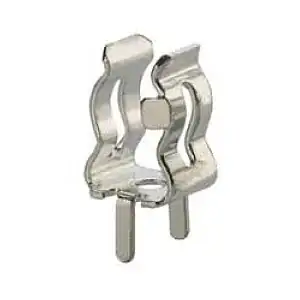A little backstory to help you understand the situation. I put the 3D printer together and turned it on and everything seemed fine until I started printing. It didn't even get the first layer down when the screen reset and so did the print. I didn't think anything of it, I just went back and tried again, but this time right when I pressed start, the fuse blew.
I have done some research on the issue and haven't had any luck besides recommendations for putting in a secondary fuse before the power supply (which I will be doing in the near future). As for now though, my plan is to just replace the power supply fuse if possible. I went to the hardware store and picked up a Bussmann T5AL/250V fuse (photo attached below) and before I put it in, I just want to make sure this is the correct fuse and I'm not going to kill the entire printer this time.
Picture showing the internals of the power supply unit:
Picture of the fuse I bought:
Any and all help is very much appreciated because as you might expect, I'm not too happy with the printer so far.


